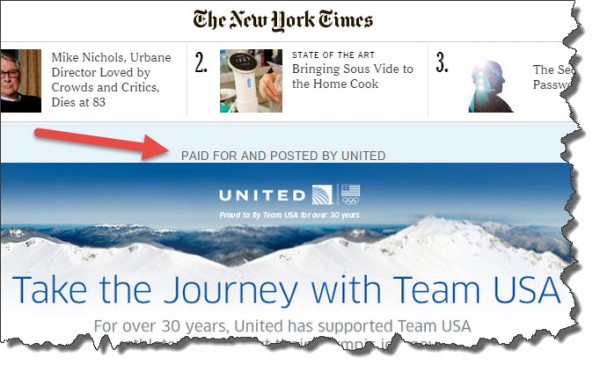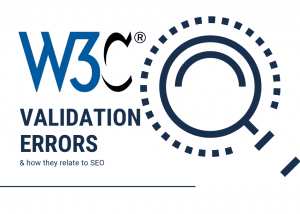
Native advertising is used by some of the most powerful online social media platforms and websites today. USA Today, Facebook, Forbes, the New York Times, and Twitter all utilize this powerful form of content creation. However, 49 percent of people currently do not know what native advertising is or how to effectively utilize it.
Revolutionary Paid Advertising
Native ads have two main components, form and function. They align with design schemas that are currently used, and they function as routine site features do. Instead of trying to distract the end user, native ads blend in with existing content to enhance user experience. Like many other new approaches to online advertising, native ads have been met with some resistance. People feel tricked into clicking on an advertisement that can take the form of virtually any online content. However, it begs the question,
Why do people care if paid native ads direct them to relevant content?
In general, the internet marketing industry is resistant to change. It looks like native ads are here to stay, and they can be highly effective.

Three Ways Native Ads Can Boost Business
Advertisements can be relevant in more ways than one. Native ads provide the perfect opportunity to connect interested web browsers with access to new products and services that they need. Advertising is not inherently evil. After all, the end user has the final say in whether or not an item will be purchased or the back button will be hit after two seconds.
1. Make Completion of Online Sales as Easy as Possible
Many people might find a brand persona exceptionally intriguing. However, it is difficult for many users to take the next step due to normal circumstances. In a second, the phone can ring and a soon-to-be customer walks away from a potential sale. The first rule of online sales is to make transactions as easy as possible to complete. Instead of trying to delve into user psyches, create a native ad that complements a brand persona. Clever content creation is not only eye-catching. It is relevant. Native ads are not intended to distract users. They can decrease distraction and increase the likelihood of completed online purchases.
2. Strengthen Branding Initiatives
Users have complained a bit about native ads. However, the amount of whining over pop-up advertisements and flashing banners cannot be dismissed. Instead of detracting from a product or service, use clever content creation and native ads to enhance branding strategy. Users can more readily engage with a brand that is not hidden by pop-up videos that will not close or irritating banners. Focus user engagement on the brand, not the advertisements.
3. Complement Products and Services
Native ads are intended to complement existing products and services. Show customers something that they did not know they had to have or even wanted. Similarly, give customers tips on how to solve a problem alongside a native ad with an easier solution. Keep it easy, simple, and relevant.
The Next Wave of Paid Advertising
Content creation is no longer limited to blog posts. Native ads are an effective way to enhance user experience with paid advertisements. After all, the end user does not have to pay every time a native ad is clicked on. Celebrate the downfall of irritating pop-ups, and move on to native marketing.
Post from: Search Engine People SEO Blog
How Native Marketing Can Work for Your Business
—
Written by Chris Marentis, Surefire Social
The post How Native Marketing Can Work for Your Business appeared first on Search Engine People Blog.
(386)






